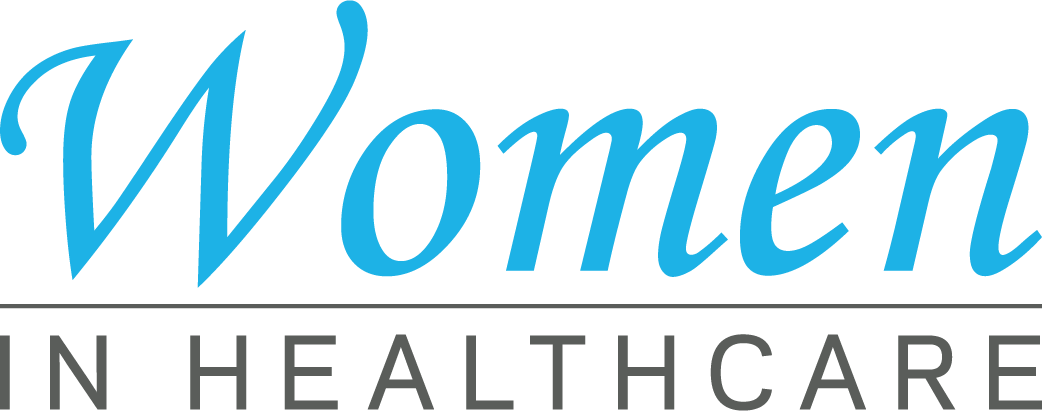A Comprehensive Overview on Just How Health Care RCM Works to Improve Invoicing and Collections
Navigating the intricacies of medical care earnings cycle management (RCM) is crucial for providers aiming to improve their invoicing and collections procedures. The guide unboxes the intricacies of RCM, from patient registration to receivables management, offering understandings into optimizing each action. Integrating advanced technology and standard procedures can significantly decrease claim rejections and speed up payment cycles. Yet, the real obstacle hinges on perfectly merging these elements to enhance cash flow. As we discover the core elements and strategies that drive efficiency, one inquiry stays: how can medical care entities finest placement themselves to prosper financially in an ever-evolving sector?
Comprehending Profits Cycle Administration
Grasping the ins and outs of Revenue Cycle Monitoring (RCM) is crucial for health care companies intending to optimize their economic efficiency. RCM is a vital management feature that includes the whole financial procedure of person treatment, from the preliminary appointment readying to the last payment of the balance. It is an intricate treatment made to identify, accumulate, and take care of the income from the services offered to individuals. Effective RCM ensures that doctor obtain accurate and prompt payments, reducing the risk of profits loss and enhancing capital.
The RCM process starts when an individual routines a consultation and extends via the person's care trip, including billing and collections. A vital objective is to decrease the time in between supplying a solution and getting payment, hence boosting the company's monetary health and wellness. RCM involves different features such as individual enrollment, insurance verification, charge capture, coding, claims entry, payment posting, and handling rejections and charms.
Secret Elements of RCM
In the realm of Revenue Cycle Administration (RCM), comprehending its essential parts is basic to attaining financial performance within health care companies. RCM is a comprehensive procedure that encompasses different phases, each essential to ensuring efficient billing and collections. The main parts consist of patient enrollment, insurance verification, charge capture, coding, insurance claim entry, repayment uploading, and accounts receivable administration.


Once coded, claims are sent to payers, where precision is paramount to prevent beings rejected or delays - Healthcare RCM. Settlement uploading entails tape-recording the obtained settlements, which permits the reconciliation of accounts. Lastly, receivables management concentrates on tracking and dealing with unpaid claims, guaranteeing prompt follow-up and resolution
Each part of RCM is adjoined, and ineffectiveness in any part can interrupt the entire cycle. Consequently, mastering these components is crucial for healthcare providers to maximize earnings and enhance their economic wellness.
Techniques for Effective Invoicing

Systematizing invoicing procedures across the company is one more key approach. Establishing clear standards for documents, coding, and submission aids keep consistency and compliance with governing demands. Educating personnel routinely on these treatments guarantees everyone is up-to-date with the most up to date modifications in invoicing codes and payer plans.
Accurate cost capture is crucial in preventing profits leakage. Executing normal audits and surveillance systems permits the identification and improvement of discrepancies before they influence profits. Furthermore, maintaining open lines of communication with payers helps to rapidly resolve any kind of disputes or misunderstandings that may develop.

Finally, engaging patients early in the billing process by providing clear price quotes and academic materials concerning their economic responsibilities can dramatically minimize complication and enhance payment timeliness. These approaches collectively add to a more check my blog effective and financially healthy billing system.
Enhancing Collections Processes
A durable collections process is important for preserving economic security within health care companies. Offered the intricacies of clinical invoicing and the selection of payer requirements, enhancing the collections procedure involves applying critical actions that make certain prompt and exact settlement look here of services made. Central to this is making use of technology to automate and streamline procedures, boosting and lowering hands-on mistakes effectiveness. Automation tools can aid in tracking claim conditions, sending prompt tips to clients, and handling rejections extra effectively.
Clear and clear individual interactions are critical. Supplying in-depth explanations of charges and offering adaptable payment strategies can enhance patient satisfaction and punctual repayments.
Routine audits of the collections process must be performed to determine locations for enhancement and make sure compliance with guidelines. By assessing data, healthcare companies can recognize patterns, anticipate potential concerns, and adjust approaches accordingly (Healthcare RCM). Ultimately, a well-enhanced collections procedure not only supports financial wellness yet also adds to a much more smooth experience for people and team alike
Optimizing Revenue Streams
Structure upon the structure of a solid collections process, medical care organizations can additionally bolster their economic security by tactically maximizing revenue streams. This includes a multi-faceted technique, beginning with a detailed analysis of existing revenue sources to determine inadequacies and locations for development. Using advanced data analytics devices makes it possible for companies to obtain understandings right into payer mix, patient demographics, and solution utilization patterns, enabling for data-driven choices that enhance revenue capture.
Carrying out automated billing systems can dramatically reduce mistakes and expedite cases processing, making sure that profits is accumulated extra effectively. Moreover, maximizing payer agreements with routine settlements can enhance reimbursement rates and terms, directly affecting the bottom line. Branching out service offerings, my sources such as incorporating telehealth or health care, can additionally bring in a wider person base, thus raising income possibility.
An additional vital component is boosting individual interaction and satisfaction, as pleased clients are more probable to stick to therapy plans and make timely payments. Providing versatile settlement alternatives and clear billing methods can improve collections and foster client commitment. Healthcare RCM. By adopting these methods, health care organizations can develop a more resilient monetary structure, making certain sustained growth and security in an ever-changing market landscape
Conclusion
Finally, healthcare Earnings Cycle Administration (RCM) plays an essential function in optimizing billing and collections processes by integrating essential parts such as patient registration, insurance coverage verification, fee capture, coding, declares submission, and receivable administration. By using advanced modern technology, standardizing treatments, and cultivating individual engagement, health care carriers can substantially lower case denials, speed up settlement cycles, and enhance capital. This thorough method to RCM ultimately causes enhanced economic efficiency and sustainability for medical care organizations.
The RCM process starts when a patient routines a consultation and extends via the patient's care trip, consisting of billing and collections.An additional crucial element is improving person involvement and contentment, as satisfied patients are much more most likely to stick to therapy plans and make timely payments. Using flexible repayment options and clear billing techniques can enhance collections and foster patient commitment.In final thought, healthcare Profits Cycle Monitoring (RCM) plays a vital role in maximizing payment and collections procedures by incorporating essential parts such as client registration, insurance policy confirmation, charge capture, coding, asserts submission, and accounts receivable management. By using advanced innovation, systematizing procedures, and cultivating individual involvement, health care service providers can considerably decrease claim rejections, accelerate settlement cycles, and enhance money flow.